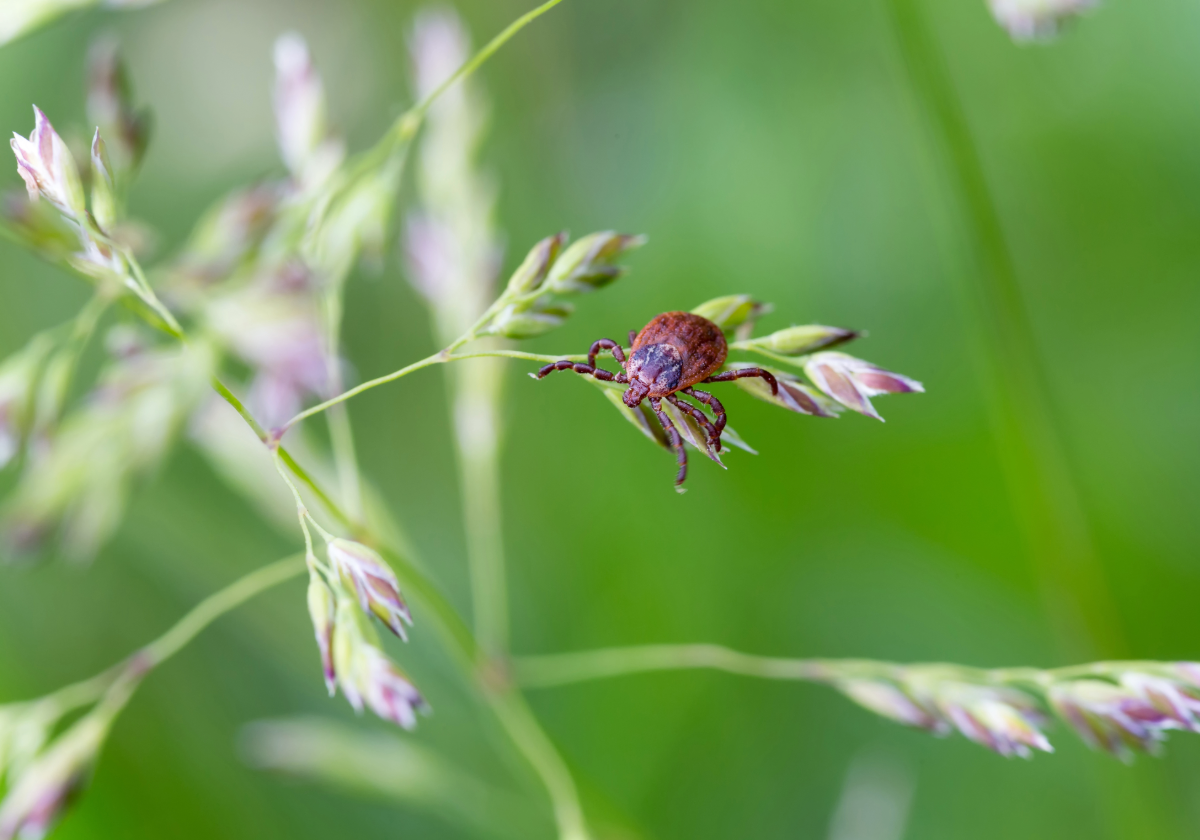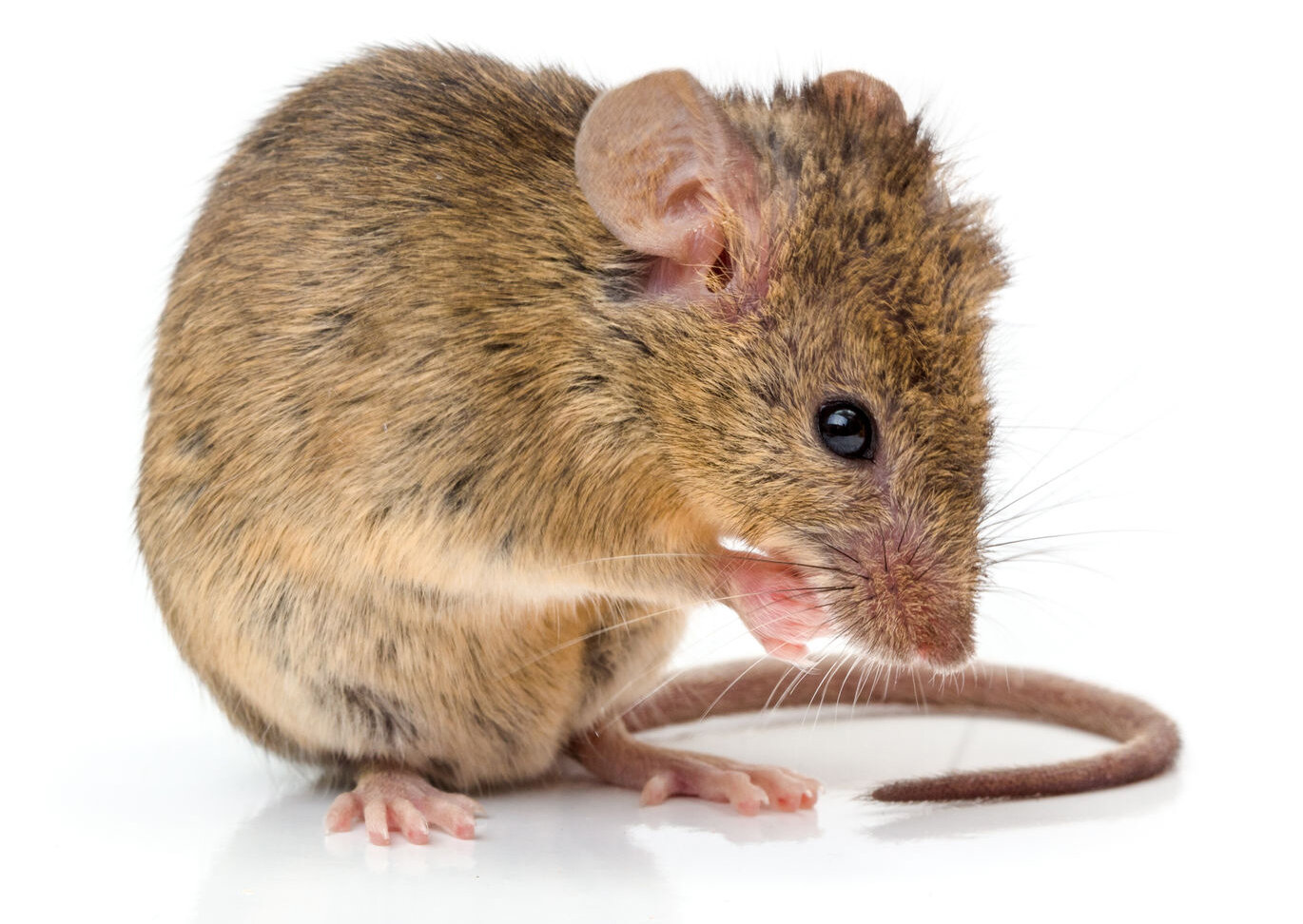
What is Integrated Pest Management? Why does Adam’s use this pest control philosophy in the services we provide?
Integrated Pest Management, or IPM, is a multifaceted approach to pest control incorporating education, inspection, identification, monitoring, sanitation, exclusion, communication, biological and mechanical means of control, and where appropriate, specific pesticide application with the lowest impact techniques and product selection practical. For a long time Adam’s has incorporated this philosophy into how we do pest control. It works well because it addresses pest issues from multiple different angles. Here are a couple of reasons why we use it:
First, it’s effective. Like us, not all pests think and operate the exact same way. The most effective measure is going to be one that works in multiple ways to limit the pest. If you’re playing chess, you don’t want to just use one of your pieces to try to win against your opponent, you want to use all of the relevant ones! When we work on a mouse job it’s the same. We don’t just bait or use traps, our rodent service includes eliminating their food source, eliminating entry points, and different kinds of traps and/or baiting. This is at least three different control methods acting to prevent one pest. IPM is more effective than just one method of control because it accounts for variance in behavior and biology of the pest.
Second, it’s efficient. With the different control methods being used, the pest issue is solved faster because the overall service is more effective. The customer spends less time stressing over their pest control issues and more time focusing on what’s important. Another benefit of IPM is that it uses less pesticides overall because utilizing multiple different control methods means we are less reliant on any single control method.
The cost of IPM utilizing IPM is that it requires intelligent, well trained technicians because they need to know information about various pests, how to monitor them, how to communicate and coordinate with customers, different control methods, when action is required, and other practices. The technician needs to think like a pest. This is why we emphasize training and rise to challenge of making sure every technician knows how to work in an IPM structure. Adam’s has an extensive initial training program and is committed to ongoing training through our entomologist, regional managers, monthly training meetings, etc. We know that IPM is worthwhile because the company and our customers have seen firsthand how effective it is.



